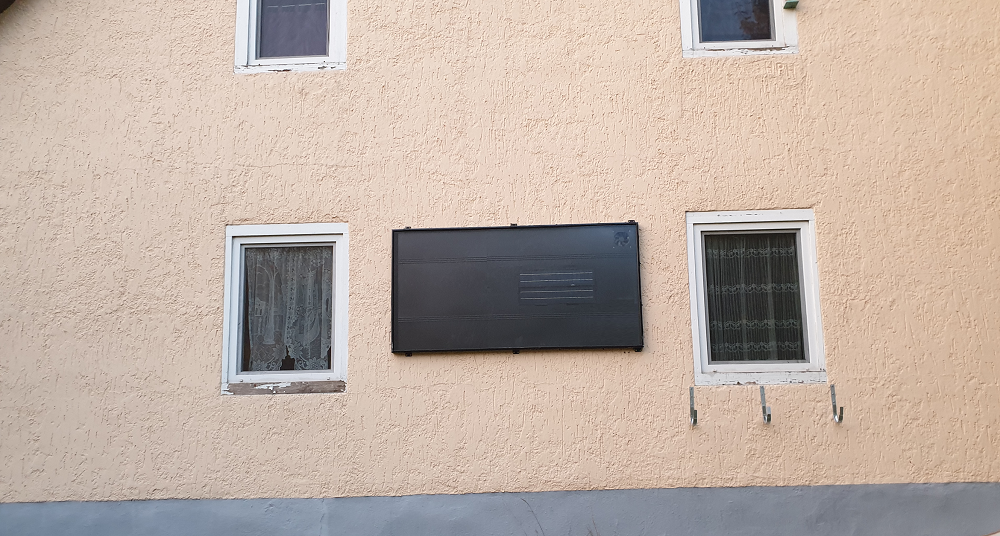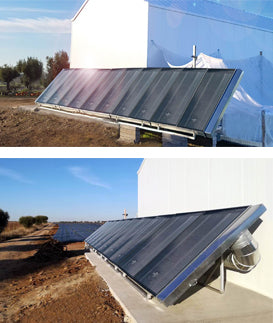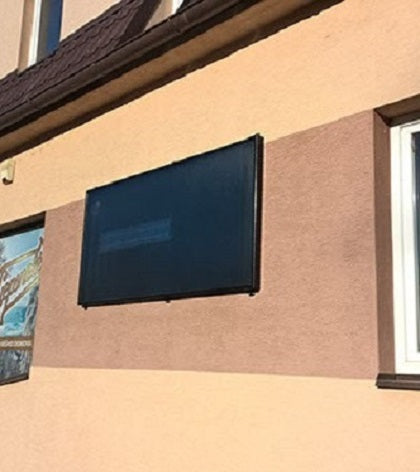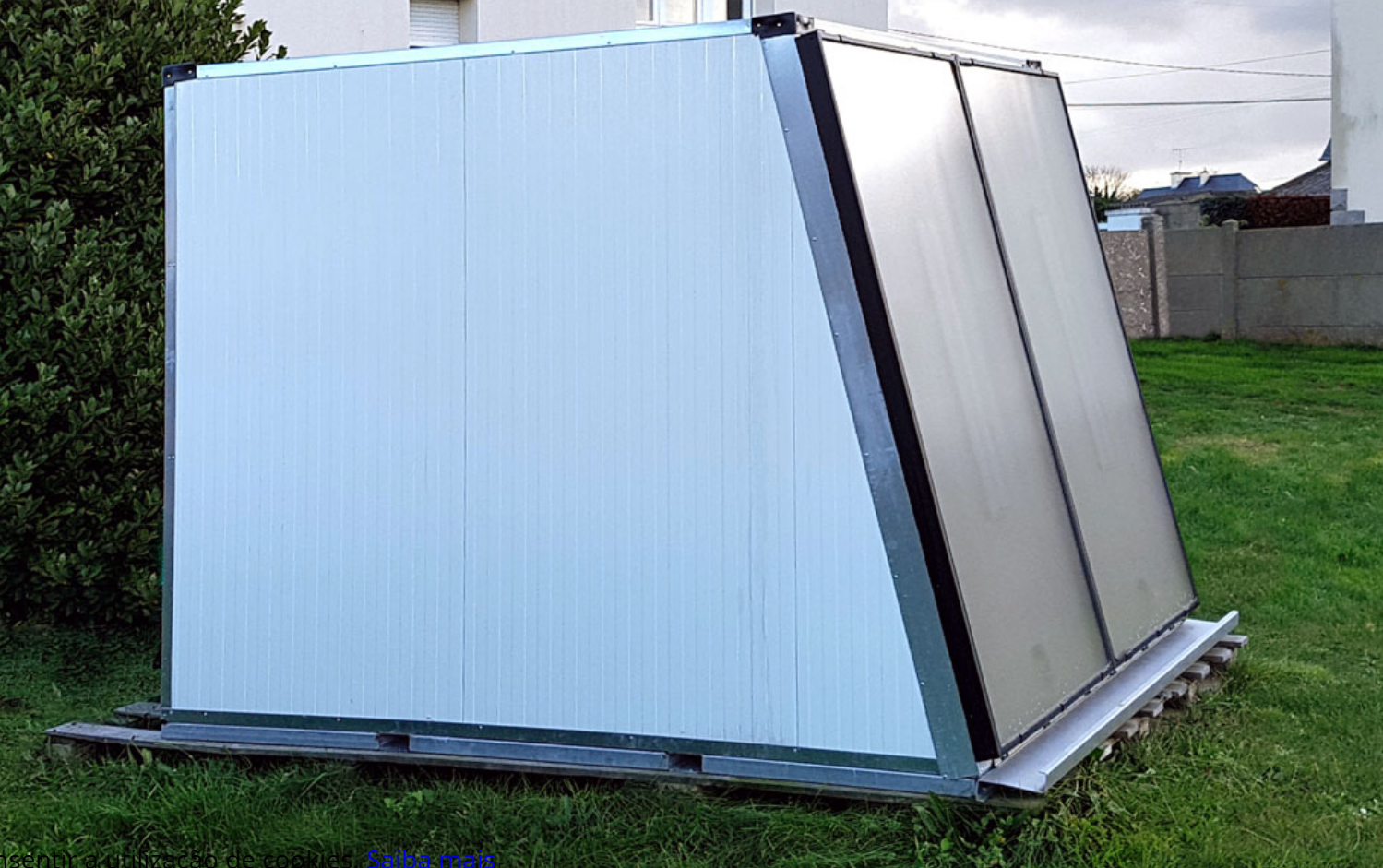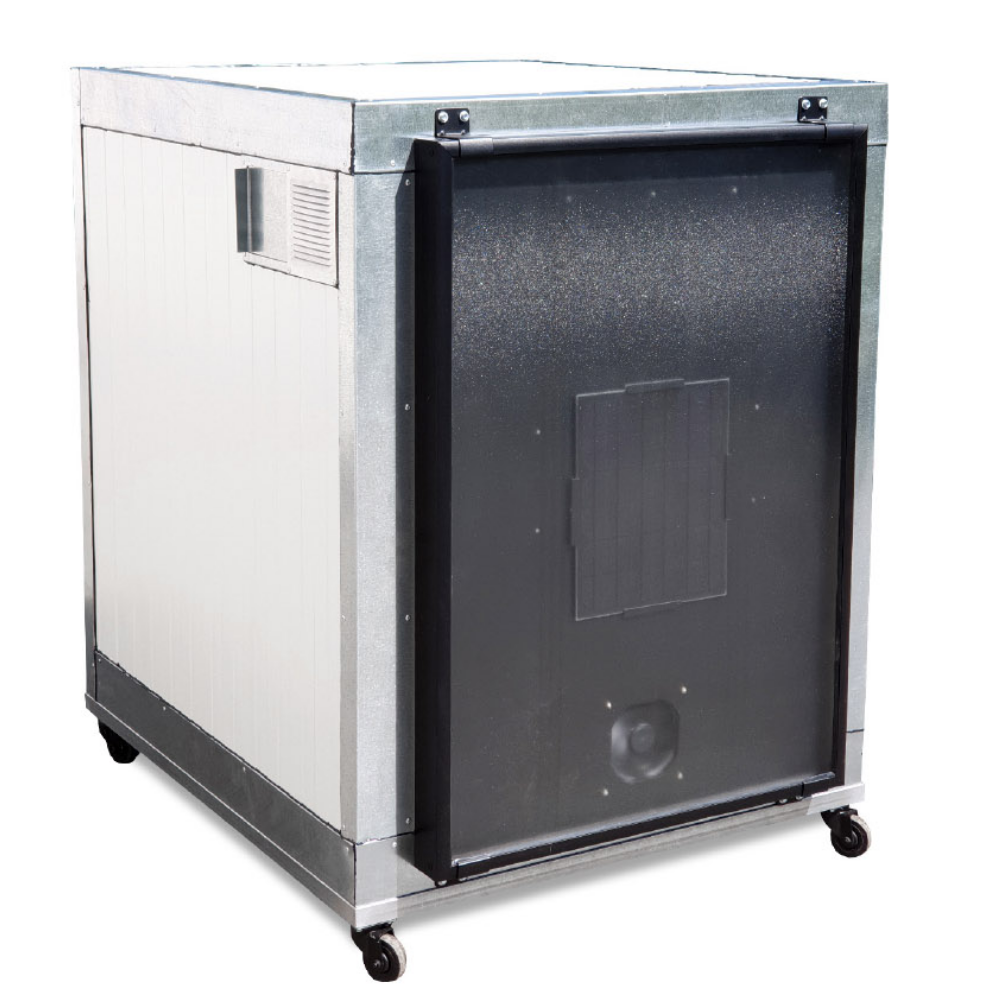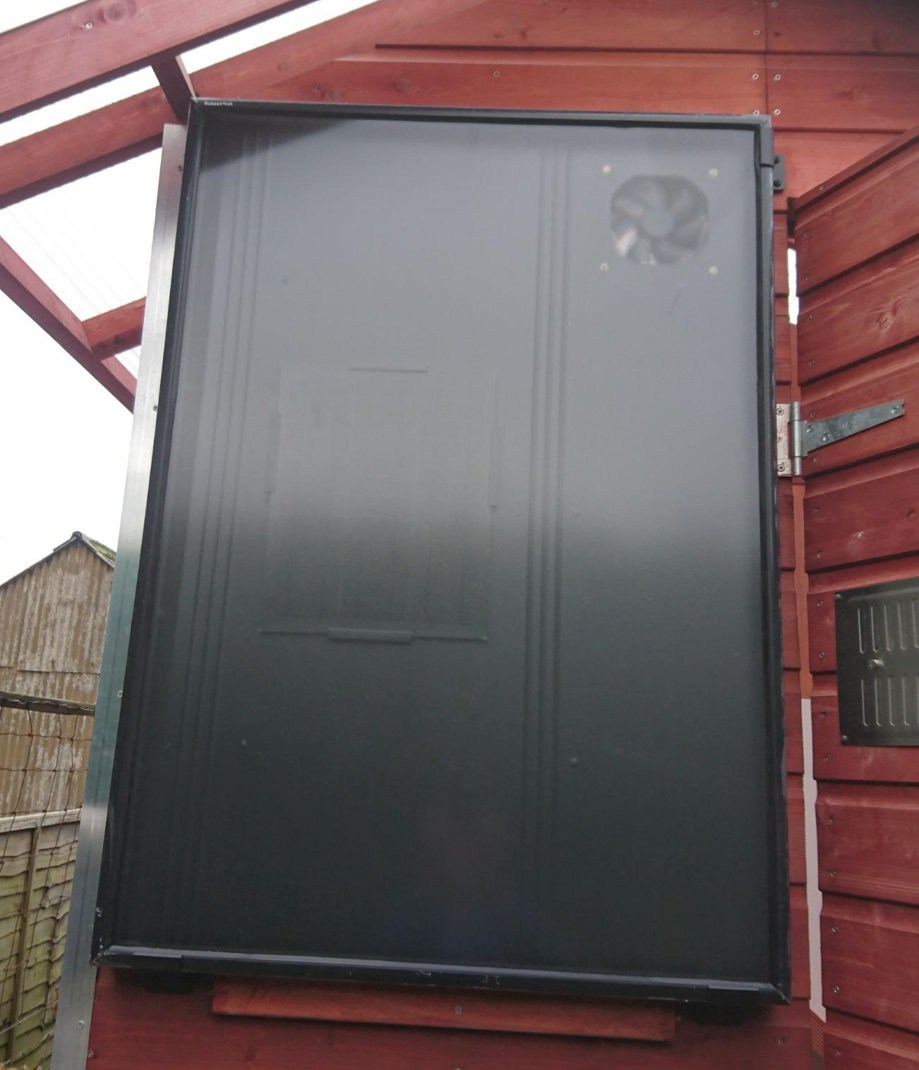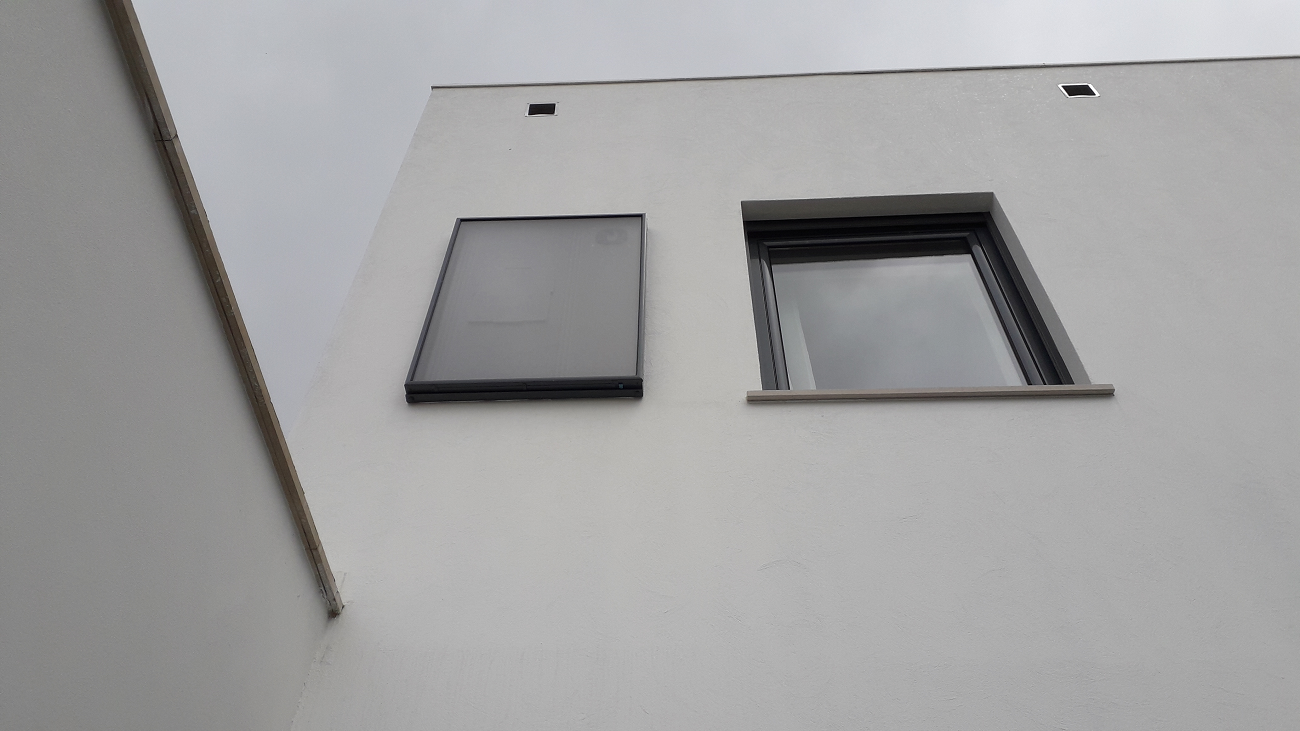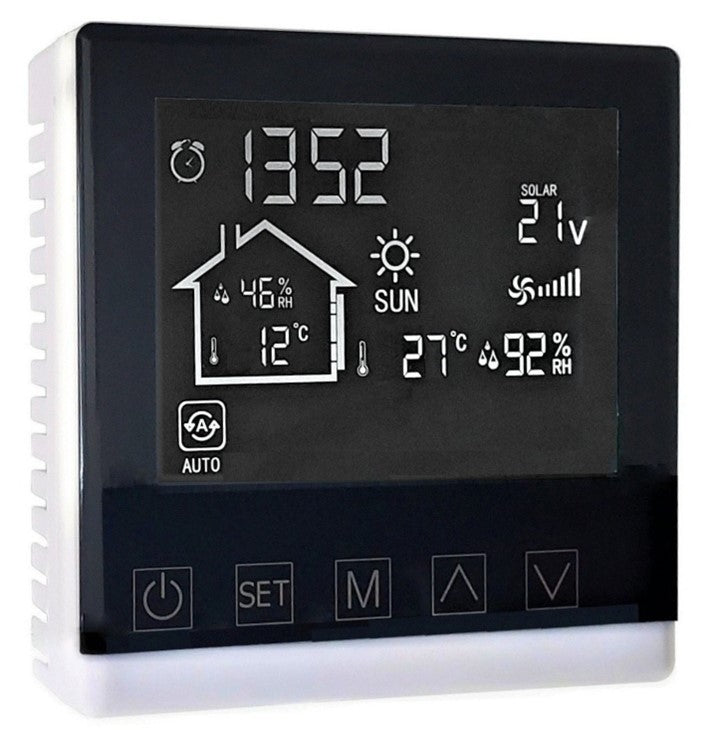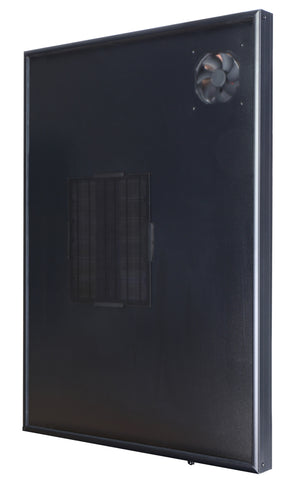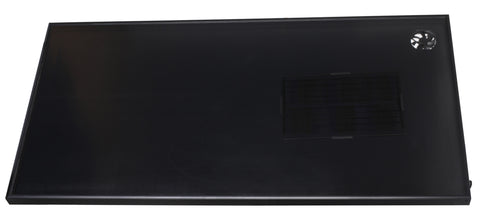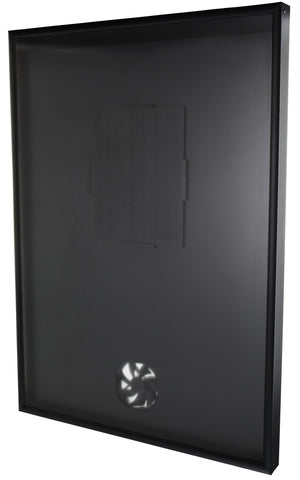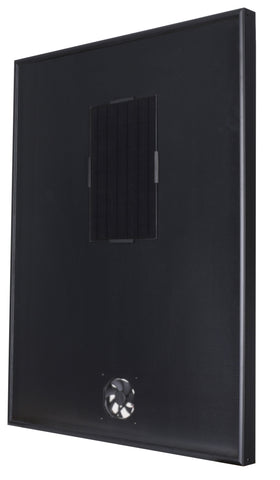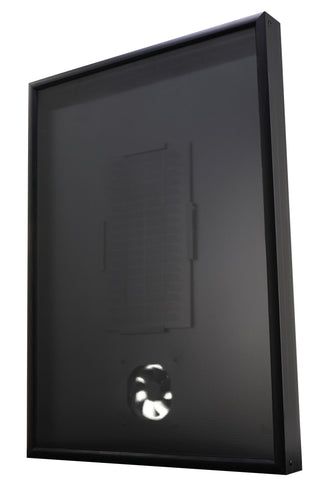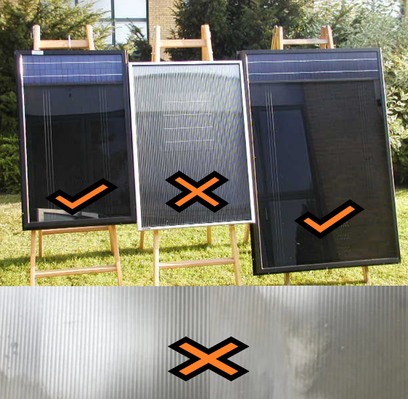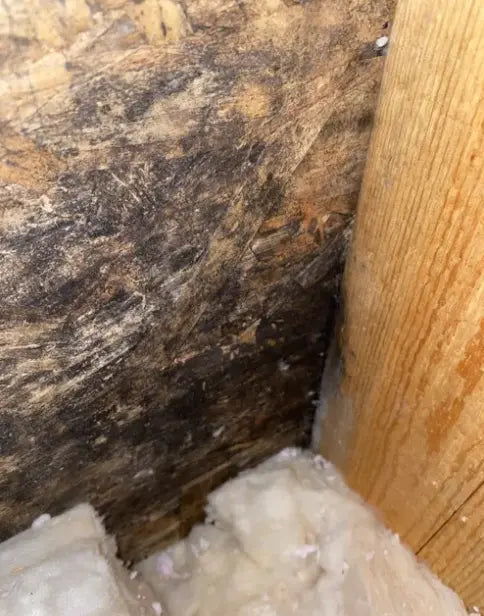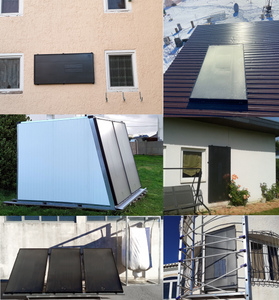The quote below is a classic from the 1893 book, Ventilation and Heating, by John Shaw Billings. The imagery of wearing someone else’s dirty underwear may shock you, but Billings makes a compelling point. We essentially do something worse whenever we take a breath indoors.
Most civilized men and women are unwilling to put on underclothing that has just been taken off by another person or to put into their mouths articles of food or drink that have recently been in other people’s mouths but they take without hesitation into their lungs air that has just come from other people’s mouths and lungs or from close contact with their soiled clothing or bodies. —John Shaw Billings
It’s not just air recently expelled from other people’s lungs we should worry about, though. Indoor air is often more polluted than outdoor air. It’s a soup of particulate matter of various sizes, volatile organic compounds (VOCs), skin flakes, dust mite carcasses, mold spores, and more. And we suck all that nasty stuff into our lungs with every breath.
The average American spends 87% of their time indoors, making the quality of their indoor air really important. So, let’s look at the big picture of indoor air quality today. We’ll start with the bad stuff in a home’s air and where it comes from, then highlight the three best ways to ensure good IAQ, and finish with a step that is just now coming into its own for homes: monitoring indoor air quality.
What’s in your air?
Often when you look up indoor air pollutants, you find lists like this:
- Carbon monoxide (CO)
- Radon
- Ozone (O3)
- VOCs
- Nitrogen dioxide (NO2)
- Secondhand smoke from cigarettes (SHS)
- Bioeffluents (including carbon dioxide)
- Particulate matter
- Asbestos
- Viruses and bacteria
- Mold
- Allergens
In fact, that list is a rearranged version of the list in my article about which indoor pollutants matter most. But let me break it down further. That list contains two different types of airborne pollutants: Particles and gases. The first five pollutants in the list are gases. Numbers 6 and 7 are mixtures of particles and gases. The last four are particles. It’s good to think of them separately because we deal with them in different ways, as you’ll see below.
With particulate matter, the type of particle matters. Asbestos can do great damage in the lungs. Viruses and bacteria can spread disease just by getting into the upper respiratory system. Mold and allergens cause reactions in people susceptible to those pollutants.
But sometimes it’s just the size that matters. Particles that float around in the air could otherwise cause no ill effects but if they’re small enough, they can increase breathing problems, aggravate asthma, and reduce lung function. The really small ones can even get into the bloodstream, where they can lead to irregular heartbeat, nonfatal heart attacks, and premature death for people who already have heart or lung problems.
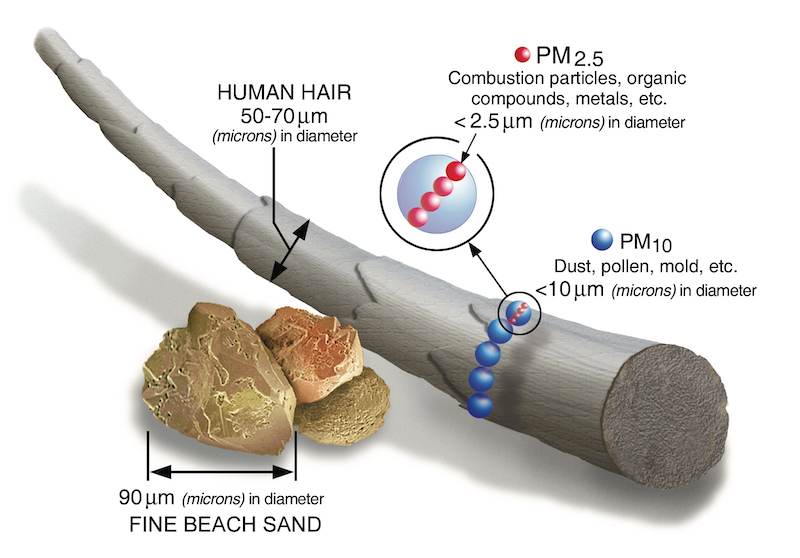
Where do the pollutants come from?
Let’s go through that list above and discuss the sources of each of those pollutants.
Carbon monoxide (CO). This gas is the result of combustion. If you have gas appliances (furnace, water heater, fireplace, range) in your home, your indoor air may contain carbon monoxide. Even if your home is all-electric, however, you still may have carbon monoxide in your air. Gasoline or diesel powered cars and lawn equipment also produce carbon monoxide. Get a low-level CO monitor.
Radon. This radioactive gas comes from the decay chain of uranium underground. The EPA has a radon zone map, with zone 1 being the highest risk areas. Get your house tested, no matter which radon zone you’re in.
Ozone (O3). Another gas, ozone comes mainly from electronic equipment, sometimes intentionally in devices marketed as air cleaners.
Volatile organic compounds (VOCs). These are gaseous molecules that come out of a wide variety of materials. Many products come with information about their VOC content now.
Nitrogen dioxide (NO2). Another product of combustion. The American Lung Association has a good rundown on this pollutant. There’s a lot of it outdoors in cities, but the concentrations can be high indoors, too. Unvented gas fireplaces are a common culprit.
Secondhand smoke from cigarettes (SHS). This pollutant comes from smokers. Keep them out and away from the house. Most people are already doing this, and you young’uns out there who have grown up in the last 20 or 30 years can consider yourself very lucky.
Bioeffluents (including carbon dioxide). That’s anything that comes out of people and pets and then floats around in the air. Carbon dioxide, viral or bacterial particles, and methane are examples.
Particulate matter. These little particles can result from mechanical action, combustion, or the decay of microscopic life forms, like dust mites and skin flakes. Cooking can be a large source of particulate matter, as is outdoor air brought into the house through infiltration or ventilation.
Asbestos. This mineral was used in building materials in the U.S. until the late 1970s, when it was banned here. It’s in some insulation (vermiculite), tapes used to seal ducts, and drywall joint compound. Be careful if you find it.
Viruses and bacteria. These are spread by people.
Mold. Often the result of moisture problems. Keeping the indoor temperature too low or humidity too high, having water leaks, or living above a damp basement or crawlspace are common sources of mold.
Allergens. These come from many sources: dust mites (which like to live in your bed and eat your skin flakes), pets, and outdoor air are common.
Three ways to ensure good IAQ
I divided indoor air pollutants into two groups above because we deal with them in different ways. For particles, we use filtration. For gases, we use ventilation. But even before we start dealing with the pollutants that are there, we have another method: source control.
1. Source control
Max von Pettenkofer, a Bavarian chemist from the old days, wisely said, “If there is a pile of manure in a space, do not try to remove the odor by ventilation. Remove the pile of manure.” Before you start thinking about filtration and ventilation, the first step is to reduce the pollutant load as much as possible. Why do the work to remove pollutants when you can avoid bringing them into the house from the start?

2. Filtration
Once you’ve reduced the pollutant load through source control, it’s time to deal with the particles. That’s what filtration can do. The standard 1-in. thick fiberglass filters mainly remove the larger particles. To remove the smaller stuff, you need better filters, like the MERV-13 filter shown below. They have thicker media with smaller gaps that let less stuff pass through.
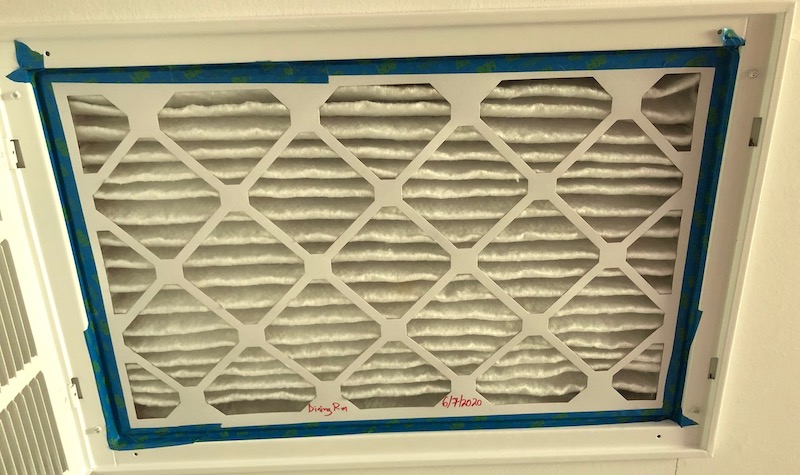
Filtration is a big topic. I’ve written about it many times because it’s so easy to do it poorly. The standard filter that comes with many HVAC systems is made primarily to protect the equipment. It doesn’t do a whole lot for your indoor air quality. Trying to upgrade the filter without considering its effect on the whole system can lead to a bunch of unintended consequences. But it’s certainly possible to do high-MERV filtration through the air handler without those problems.
In addition—or instead—you can do your filtration separately from the heating and cooling system. The do-it-yourself box fan air cleaner is a great way to do this for less than $100. If you’d rather have something that looks better, there are some good HEPA air cleaners available. Santa Fe has a new HEPA air cleaner out that includes the capability to zap the air with ultraviolet light, and I’ve just gotten one to check out. So far, I like it what I see.
3. Ventilation
Filtration is for removing particles from indoor air, and ventilation is how you get rid of the gases on the pollutant list. Yes, there are filters (e.g., activated carbon) that can capture VOCs and other gases, and they can be a good complement to standard fibrous media filtration. You still need ventilation, though, because people breathing indoors convert oxygen (O2) to carbon dioxide (CO2). You need to ventilate to remove the CO2 that builds up and bring in more oxygen.
And now we get to the hard part. You know that saying, “Build tight; ventilate right”? It sounds so simple, but in reality, there’s a great deal of complexity hidden behind those four words. Actually, the complexity is mostly hidden in the “ventilate right” part. Air-sealing is pretty straightforward.
Here are some of the big issues you have address:
- How much do you ventilate? At what rate of airflow? Should it be continuous or is intermittent ventilation OK?
- Which of the three ventilation strategies should you use: exhaust only, supply only, or balanced?
- Is it OK to connect a ventilation system with the heating and cooling ducts? If so, how do you do it?
- Where should the outdoor ventilation air come from?
- If you go with balanced ventilation, should you use an energy recovery ventilator (ERV) or a heat recovery ventilator (HRV)?
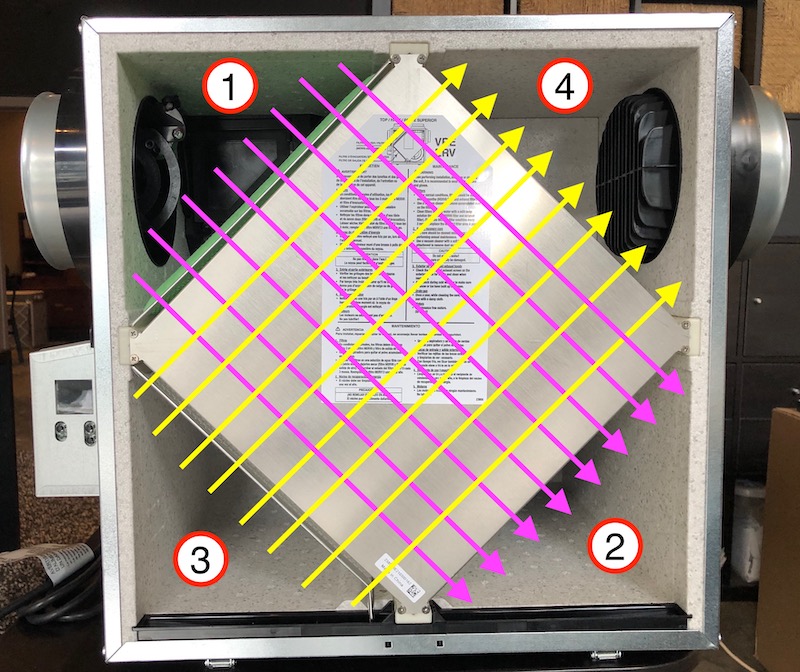
Ventilation is a critical part of indoor air quality. In the old days, new homes didn’t have to meet any particular requirements for airtightness. The idea was that infiltration would provide all the “fresh” air a home needed . . . even if it came from the moldy crawlspace, the dirty attic, or the nasty-smelling garage. Now we know better.
Electronic air cleaners
Yes, a multitude of electronic air cleaners exist. Some actually work, but in general my recommendation is to avoid them. If you do a good job with source control, filtration, and ventilation, you can have really good indoor air quality.
Monitoring a home’s IAQ
Until the past few years, using the above guidance was a faith-based method of improving indoor air quality. You could do the best source control, filtration, and ventilation in the world, but how would you know if it worked? It’s not like heating or air conditioning, where you can use a thermometer to see if it’s working.
That’s changing now. A wide array of low-cost indoor air quality monitors are available for homeowners. The Awair Element, shown below, sits in the room and measures temperature, relative humidity, chemicals (VOCs), particulate matter, and carbon dioxide. The Haven Central Air Monitor & Controller is another great option. It measures all the same things as the Awair Element, plus the pressure of the air going through the return duct on your heating and cooling system. And it can ramp up ventilation if necessary.
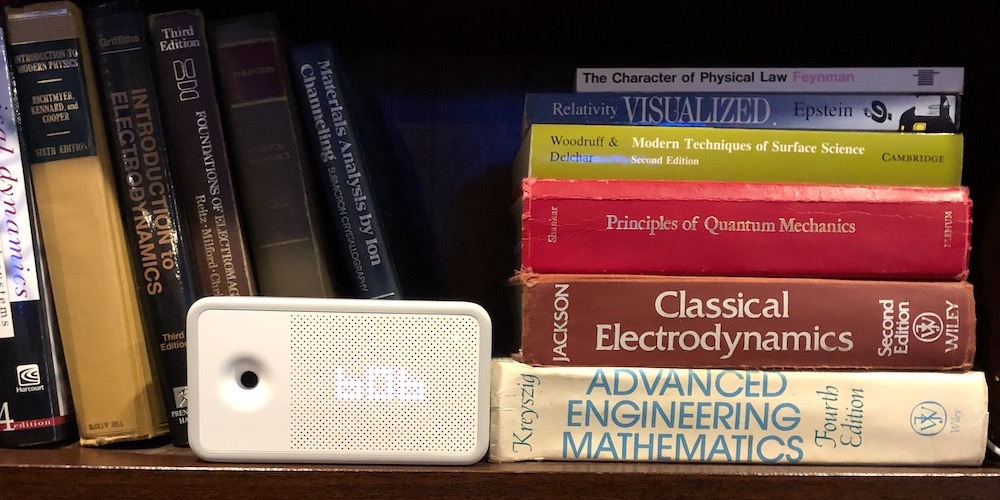
The Aranet4 carbon dioxide monitor, which also measures temperature and relative humidity, is a great portable device. AirThings makes several different monitors. TruTech Tools is a great place to find some of these monitors.
The big picture of IAQ
Good indoor air quality is a team effort. Filtration can take care of the particles when done properly. To handle gases like VOCs, carbon monoxide, and others, source control and ventilation are the best options. Source control means keeping the bad stuff out. Stick with the big three—source control, filtration, and ventilation—and your indoor air quality will be excellent.
This is one of the longest articles I’ve written for GBA, and I’ve barely scratched the surface of indoor air quality. The good news is that I’ve written a lot of articles already that go deeper into some aspects of IAQ. (See the links throughout this article as well as the Related Articles section.)
And keep coming back because GBA is running a series on indoor air quality from now through June. Other people who will be writing articles for it are Kristof Irwin, Jon Harrod, Shelly Miller, PhD, Monica Rokicki-Guajardo, Nikki Krueger, John Semmelhack, and Cramer Silkworth. If you’ve been wanting to learn more about indoor air quality, buckle up. The fun’s about to begin!
_________________________________________________________________________
Allison A. Bailes III, PhD is a speaker, writer, building science consultant, and the founder of Energy Vanguard in Decatur, Georgia. He has a doctorate in physics and writes the Energy Vanguard Blog. He also has a book on building science coming out in the summer of 2022. You can follow him on Twitter at @EnergyVanguard. Images courtesy of author, except where noted.





